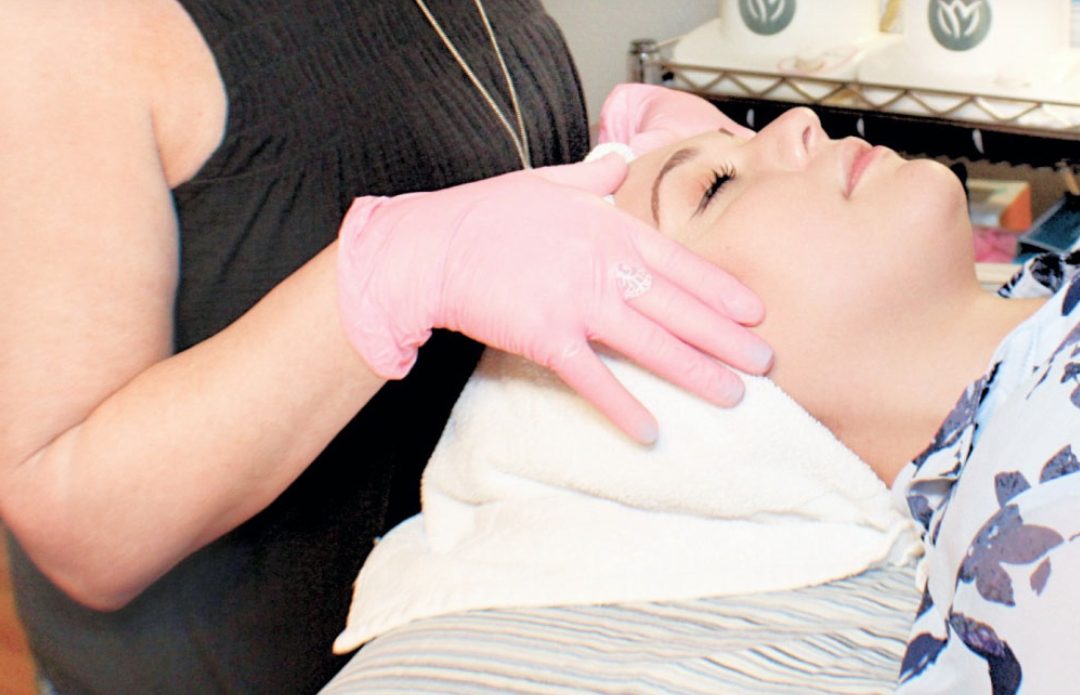Getting your first wax can feel a little intimidating — especially if you’ve heard horror stories from friends or seen exaggerated reactions in movies. The truth is, waxing doesn’t have to be a nightmare. When done properly, it’s quick, hygienic, and leaves you with smooth skin that lasts much longer than shaving.
If you’re new to waxing or haven’t been in a while, preparation makes all the difference. The more you know beforehand, the easier and more comfortable the process becomes. Here’s everything you should consider before, during, and after your first waxing appointment to ensure it’s as painless and positive as possible.
1. Know What You’re Signing Up For
Waxing is the process of removing hair from the root using warm or hard wax. It’s different from shaving because instead of cutting hair at the surface, waxing pulls it out entirely — which means smoother skin for weeks, not days.
While the idea of pulling hair out might sound painful, most people describe it as a quick sting rather than real pain. The discomfort fades within seconds, and it tends to decrease over time as your hair grows back finer and softer.
Understanding this helps you mentally prepare. Waxing isn’t just about vanity — it’s also about convenience. Once you get used to the routine, you’ll probably never want to go back to daily shaving again.
2. Let Your Hair Grow to the Right Length
This is one of the most common mistakes first-timers make. Hair that’s too short won’t stick to the wax, and hair that’s too long can make removal more uncomfortable.
The sweet spot is about a quarter of an inch, or roughly the length of a grain of rice. That’s usually around two to three weeks of growth after shaving. If your hair is longer, you can trim it slightly — but don’t go too short or you’ll have to reschedule your appointment.
Good wax adherence requires enough surface for the wax to grip, so a little patience pays off in smoother, cleaner results.
3. Avoid Certain Products Beforehand
The day before your wax, avoid applying lotions, oils, or self-tanning products to the area you’re treating. These can create a barrier between your skin and the wax, making it less effective.
Also, skip strong exfoliants or retinoid creams at least 48 hours before your appointment. These products can thin the skin’s surface and increase sensitivity. You want your skin to be calm and hydrated, not irritated or over-exfoliated.
If you’re unsure whether something in your skincare routine might interfere, your wax specialist can help guide you — especially at a professional Waxing Studio Austin where experienced estheticians know exactly how to prep skin safely for any treatment.
4. Time It Right Around Your Cycle
For those who menstruate, the timing of your appointment matters. The week before or during your period, your skin tends to be more sensitive due to hormonal fluctuations. If possible, book your wax in the week after your cycle when your pain threshold is higher.
That said, if you’re on your period and absolutely need to keep your appointment, it’s fine — just wear a fresh tampon and let your aesthetician know. Professionals are used to it and can adjust techniques to keep you comfortable.
5. Gently Exfoliate (But Don’t Overdo It)
Light exfoliation a day or two before your appointment helps remove dead skin cells that could trap hairs. Use a mild scrub or loofah — nothing harsh or chemical-based. This not only prevents ingrown hairs but also ensures the wax grabs hair effectively.
However, avoid exfoliating the same day as your wax. Doing so can make your skin more prone to redness or irritation. Think of it as prepping the canvas, not sanding it raw.
6. Consider Pain-Reducing Techniques
If you’re nervous about discomfort, there are easy, safe ways to reduce it:
- Take an over-the-counter pain reliever (like ibuprofen) 30–45 minutes before your appointment.
- Avoid caffeine or alcohol beforehand, as they can make your skin more sensitive.
- Breathe steadily and avoid tensing up. It might sound simple, but staying relaxed genuinely reduces perceived pain.
Some people also use numbing creams, though it’s best to check with your waxing technician before applying anything unfamiliar to your skin.
7. Wear the Right Clothing
After waxing, your skin will be more sensitive for a few hours. Loose, breathable clothing helps prevent irritation or friction, especially in areas like the bikini line or underarms.
Avoid tight jeans, synthetic fabrics, or anything that might rub the treated area. Cotton underwear and flowy clothing are your friends on waxing day. Comfort equals faster recovery.
8. What to Expect During the Appointment
A professional waxing session usually starts with a quick consultation. Your aesthetician will clean and prep the area, apply the wax, and remove it swiftly. Some use hard wax (which doesn’t require strips), while others use soft wax with cloth strips.
The process is quick — most sessions take 15 to 30 minutes, depending on the area. You might notice a slight redness afterward, which usually fades within a few hours.
The best part? You’ll walk out with smooth, hair-free skin that can last up to four weeks.
9. Aftercare Is Everything
Your skin needs a little TLC after waxing. Follow these golden rules:
- Avoid hot showers, saunas, and workouts for 24 hours — heat can aggravate freshly waxed skin.
- Skip perfumed lotions or sprays for a day.
- Apply a soothing aloe gel or post-wax balm to calm the skin.
- Don’t exfoliate for at least three days afterward.
Keeping the area clean and moisturized prevents irritation and helps maintain results. If you notice any tiny red bumps, they typically disappear within a day or two — it’s just your pores adjusting to being unclogged.
10. Prevent Ingrown Hairs
Ingrown hairs are one of the few downsides of waxing, but they’re totally preventable. About three days after your wax, start gentle exfoliation two to three times per week. Use a mild scrub or exfoliating mitt to keep pores clear.
Hydrated skin also helps hairs grow back evenly rather than curling under. Choose fragrance-free moisturizers or oils that won’t clog pores.
For more information on skincare safety and product hygiene, you can explore guidelines from the U.S. Food and Drug Administration — they provide evidence-based advice for avoiding irritation and maintaining healthy skin post-treatment.
11. Stick With a Regular Schedule
The more consistently you wax, the better your results. Regular appointments (about every four to six weeks) help sync your hair growth cycle so it becomes thinner and easier to remove over time.
Skipping sessions lets hair grow unevenly, which can make your next wax less effective. A consistent schedule also means less discomfort — your skin adapts, and each session gets easier.
12. Mindset Matters Most
Ultimately, a good waxing experience is about mindset. Feeling nervous is normal, but remember that professionals do this all day, every day. They’ve seen it all — nothing about your appointment will surprise them.
The key is to find a waxing studio where you feel safe, respected, and well-informed. When communication is open and preparation is handled correctly, waxing transforms from a “necessary evil” into a self-care ritual that leaves you feeling confident and refreshed.
Final Thought: Confidence Starts With Care
Waxing may not be the most glamorous part of self-care, but it’s one of the most satisfying. A few minutes of discomfort leads to weeks of smooth, low-maintenance confidence.
Take your time choosing the right studio, follow pre- and post-care guidelines, and trust the process. With preparation, patience, and the right professional touch, you’ll realize waxing isn’t about pain — it’s about empowerment.





























